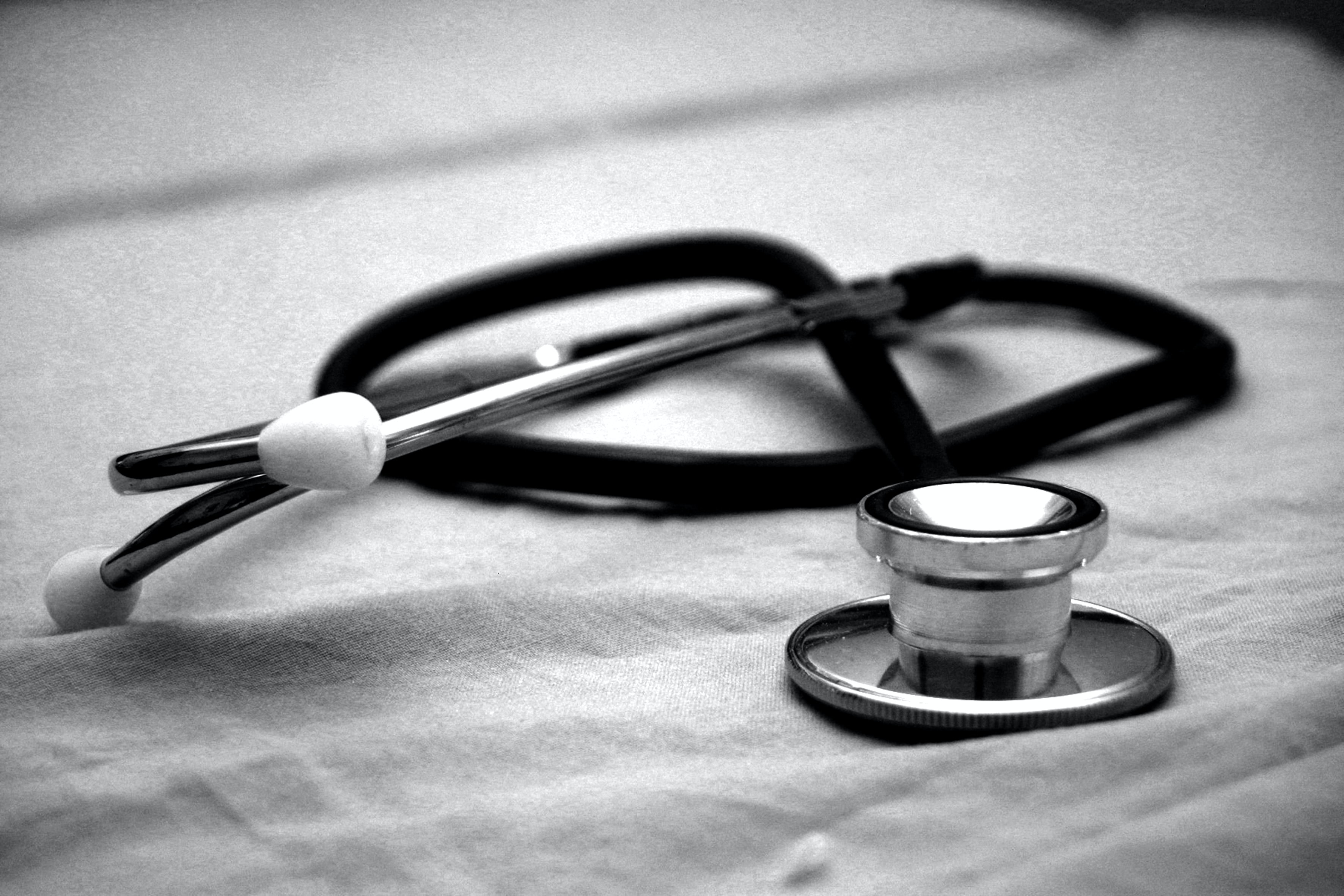A cohort of about 80 fourth-year medical students from the George Washington University School of Medicine and Health Sciences resumed their clinical rotations Monday, marking the beginning of the university’s return to in-person academic operation.
The students returning are those whose clinical rotations at GW University Hospital and Medical Faculty Associates offices were interrupted when students were required to leave campus in March. Clinical rotations are the period during which advanced medical students get hands-on experience with various medical disciplines.
GW’s clinical enterprise, including the Medical Faculty Associates and the GW University Hospital, is also transitioning back from a model of emergency and COVID-19 care to all-service operation, including screenings and preventative care.
“We feel very comfortable that we have created a safe environment for our workforce, for our patients and now for our returning students,” said Barbara Lee Bass, vice president for health affairs, dean of SMHS and CEO of the GW Medical Faculty Associates.
Rather than assuming a return to a pre-COVID-19 educational and medical model, Dr. Bass said, GW will be one of many institutions nation- and worldwide in which education now includes how to live as safely as possible in a world containing the hazard of the novel coronavirus.
“We have changed the landscape in which we provide health care, and we’ve really ramped up our game,” she said.
Adjustments have been made for the safety of patients, students, faculty and staff.
At the SMHS, spaces in Ross Hall have been modified to maintain social distancing and signage is posted around the building to give people guidance as they return to campus.
Within the clinical space, the public areas in the MFA and hospital have also been modified to accommodate social distancing. For example, only a limited number of patients will be admitted into formerly crowded areas like elevators and waiting rooms, temperature checks are being administered for people entering the building, and appropriate personal protective equipment is required for both healthcare workers and patients.
“In many respects the clinical enterprise isn’t ‘reopening,’ because it never really closed,” Dr. Bass said. “Our faculty are practicing physicians who have been caring for patients at the MFA and GW Hospital and all across the city. The difference is that after 12 weeks of only emergent care and COVID care, we are now ready to do everything else in person.”
The 80 students returning Monday had been required to leave campus and their in-person clinical rotations in March. While the students have continued to participate in remote education, Dr. Bass said this period of in-person training is necessary for health care providers.
“We’re bringing them back, yes, as students, but also as members of the health care team—and as doctors we can’t always social distance, because we touch people in what we do,” Dr. Bass said. “So we’re bringing students back into a safe environment where they can resume that important experiential learning, and we will arm them with the appropriate personal protective equipment they need to stay safe.”
A larger student cohort, including the medical class of 2022 and students studying to become physician assistants, will return to campus in late June.
Fourth-year medical student Danny Bestourous said he and many of his classmates were looking forward to a return to action providing in-person care.
“I think all of us just want to be useful, so if that means helping out with COVID-19 patients we’re happy to do that, and if it means helping out in other areas to free up physicians, that’s important too,” he said. “It’s a really interesting and unique time to be in medical school, and there’s a lot we can be doing.”
Since March, GW’s medical enterprise provided about 40 percent to 50 percent of its care over telehealth platforms, a change that Dr. Bass said would be a “durable addition” to the future of medicine. GW will continue to provide a large percentage of its care via telehealth and, on the educational side, some medical classes will also continue to be taught online.
Establishing solid online care and teaching systems will be “a great permanent change from the COVID era,” Dr. Bass said. “These students will become masters of telehealth.”
Keeping some learning online will also open up possibilities for interdisciplinary learning and collaboration between different student and faculty populations, Dr. Bass said.
The university continues to adhere to guidance from the Centers for Disease Control and Prevention and local government officials.
“As we know more about this disease and establish best practices, we will continue to adapt,” Dr. Bass said. “There are all kinds of evolving strategies for how to measure and prevent exposure, so we will see an evolving new normal.”
Dr. Bass urged patients, particularly those who have had to cancel appointments during the period of restricted movement, to return to GW for care.
“We’re worried about people with heart disease, diabetes, hypertension and other chronic conditions, because you need to check on these things,” she said. “We’re worried about people who need regular mammograms and haven’t been getting them. With the additional measures we’ve put in place, we have created an environment where our patients can feel comfortable as they resume their regular, and much needed, medical care.”




